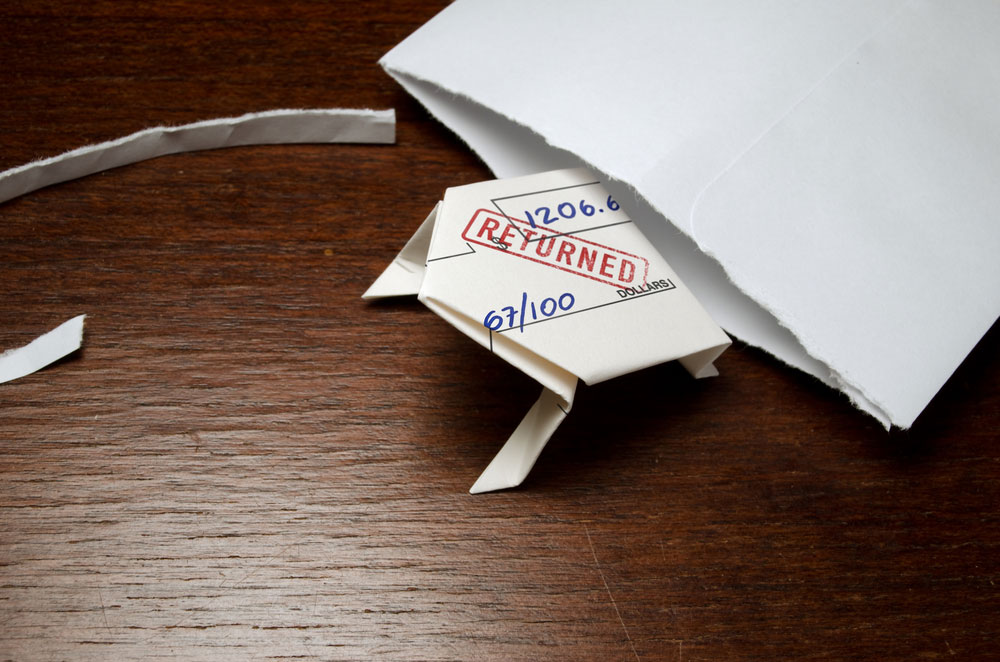Merchant Risk and How to Manage It

So you’re a high-risk merchant; it’s really not the end of the world. High-risk merchants have superior access to global markets and unlimited processing. If we look at what makes you high-risk, you can see where to mitigate the drawbacks and maximize the benefits of that designation. After all, you should be just as weary of the risks you face as the banks are.
HOW THE BANKS DEFINE MERCHANT RISK
In order to understand your risk, you need to understand all the moving parts in your transaction process, in the same way the banks understand them. Banks look at four main groupings to assess the risk you pose them: your company, your industry and your billing model & volume.
1. The Industry
Let’s say for example you run a fitness studio. Banks will look at processing history of all the fitness studios it deals with: how many refund/chargebacks, how much fraud, etc. Particularly if you’re new to the business, this gives banks a baseline for how much risk they can expect from you running transactions through them.
2. Your Financials
Whether you’ve been operating in your vertical or any other, the banks will have a look at you. After all, the merchant account is signed for by you and not by your business entity, so that’s the history they look at. They’ll also look at your current business’ position: debt to equity, your burn rate, and your overall profitability. In this regard, it’s much the same as when you apply for a line of credit; they look at both you and your business.
3. Billing Model
The banks will also want to know about the kind of processing you’ll be executing. Card present transactions are lowest in risk while card-not-present transactions get progressively riskier. In your fitness studio example, you’ll most likely be processing monthly subscriptions, one of the riskiest billing models. If you offer annual packages, that’s of particular interest to the banks. In the case that you sell an annual package in January and go out of business in March, they’ll need a contingency to limit their liability.
4. Volume
Transactional volume is of particular interest to the card associations. They have created a sliding scale of risk based on the number of annual transactions you send:
- Level 1: Over 6 million transactions (highest risk)
- Level 2: 1 million to 6 million
- Level 3: 20,000 to 1 million
- Level 4: Under 20,000 (lowest risk)
Again, like your financials, they look at all your businesses combined.
WHAT BEING HIGH-RISK MEANS
The banks do a high degree of diligence to determine your risk profile, so heed their designation. They’re looking at empirical data on how and where you’re conducting business, so you don’t have much wiggle room. Ensure your billing model is optimum for your business. Try not to run too much debt. But more importantly, if you’re in a high-risk industry, especially if you’re processing high volumes, you face that risk as much as the bank does.
Here’s what you can do to mitigate that risk. Make sure your processing is PCI-compliant and 3D Secure. By proxy that means you should have your payment service provider hosting your authentication process. Always verify billing addresses and CVV codes in your gateway. Make sure you’re working with reliable and reputable merchant services. And of course, you should keep your chargeback ratios as low a possible through chargeback management.
High-risk merchants can’t undo their risk designation, but they can manage that risk responsibly. If you have any questions about how to better mitigate your risk profile, ChargebackHelp can help. Whether it’s through our comprehensive chargeback management services or if you need experienced consultation to get the most from your merchant services, we’re here to help. So drop us a chat down on the right, shoot us an email, or go old-school and call us 1.800.975.9905. We specialize in getting merchants the processing solutions they seek.






